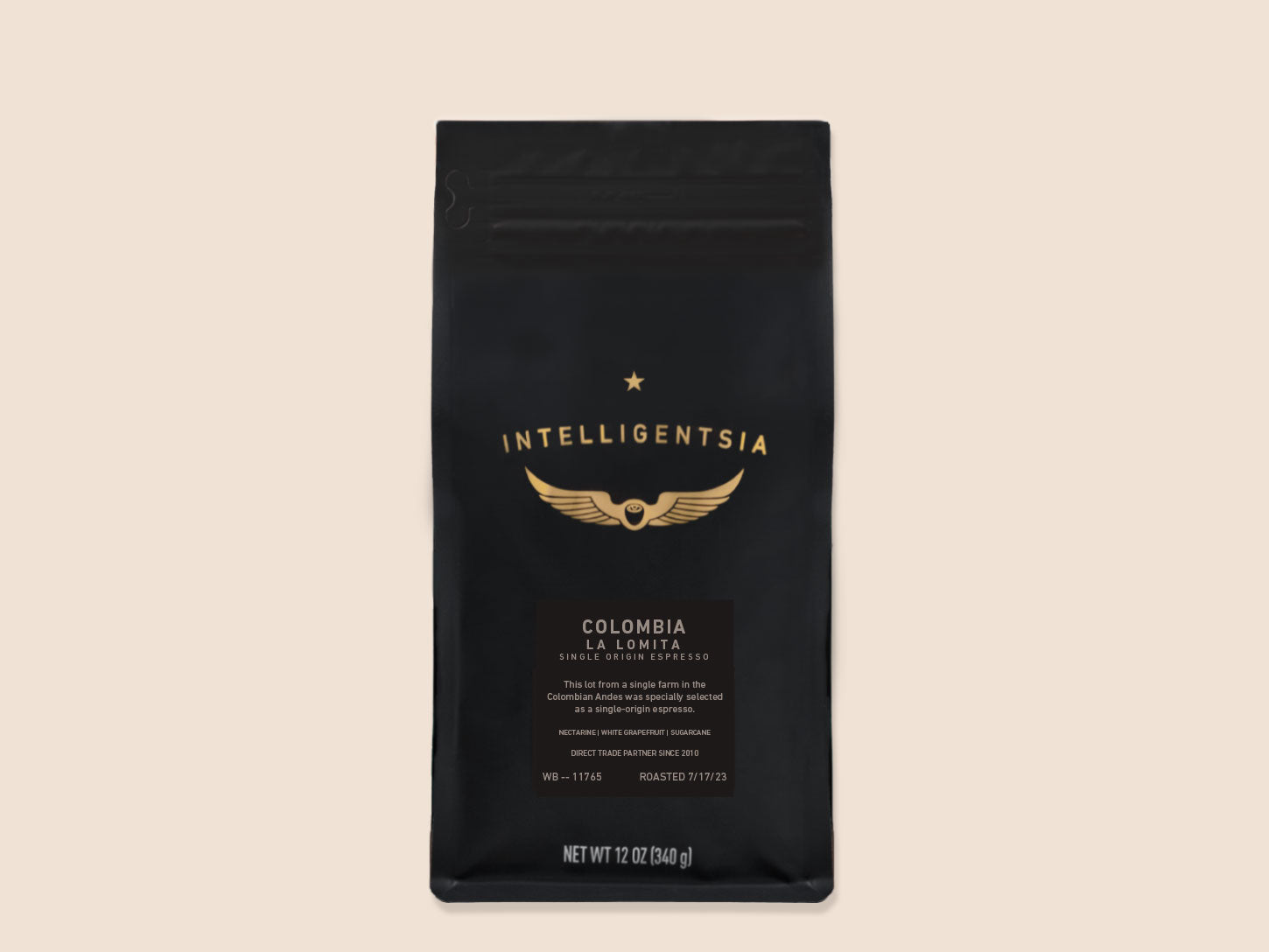Why Espresso Fans Prefer SOE Single Origin Espresso for Authenticity
Why Espresso Fans Prefer SOE Single Origin Espresso for Authenticity
Blog Article
Comprehending Coffee Beans: the Journey From Coffee to Blended Coffee Beans

The Origins of Coffee: A Global Viewpoint
While you may consider coffee as a modern staple, its beginnings map back centuries, intertwining with societies around the world. The tale begins in Ethiopia, where legend claims a goat herdsman called Kaldi uncovered the invigorating effects of coffee beans after discovering his goats frolicking energetically after eating them. This triggered rate of interest, causing coffee's spread to Arab traders that valued the brewed beverage. By the 15th century, it got to Persia, Egypt, and Turkey, where coffee shops became social centers for conversation and society.
As trade paths broadened, coffee made its method to Europe in the 17th century, quickly acquiring popularity. It transformed from a magical beverage right into a day-to-day ritual, motivating gatherings and intellectual exchanges. Each society added its special twist to coffee prep work, enriching its background. This global trip highlights how coffee attaches us, going beyond borders and uniting diverse customs through a simple bean.
Cultivation and Harvesting of Espresso Beans
As coffee's trip advanced, the focus moved to the cultivation and harvesting of certain bean varieties, specifically those utilized for coffee. You'll locate that espresso beans commonly originate from Arabica or Robusta plants, each offering unique flavors. The perfect growing conditions include high elevations and abundant, well-drained soil, which enhance the beans' top quality.
Throughout the harvest, choosing methods vary. In some areas, employees hand-pick ripe cherries, ensuring only the best fruit mosts likely to handling. In other areas, mechanical harvesters are utilized, specifically on larger farms. Timing is essential; you wish to harvest when the cherries reach peak ripeness for optimum flavor.
Once harvested, the beans are prepared for processing, which is vital in identifying their final preference. Recognizing the farming and harvesting procedures gives you understanding into what goes into your preferred espresso, enriching your admiration for every mug.
Handling Methods: From Cherry to Bean
Currently that you have actually learnt more about gathering espresso beans, allow's check out exactly how those cherries transform right into the coffee beans you like. You'll see how various harvesting techniques impact flavor, adhered to by the crucial steps of fermentation and drying. We'll damage down the milling and grading process that identifies your coffee's top quality.
Harvesting Methods Clarified
When it comes to coffee, understanding harvesting techniques is vital, considering that they directly affect the flavor and quality of the beans you appreciate. Selective picking entails hand-picking just ripe cherries, guaranteeing you get the best quality beans. Inevitably, the selection of gathering method can considerably affect your coffee experience, so it's worth understanding exactly how those beans made it to your cup.
Fermentation and Drying
After collecting, the following action in handling coffee beans play a significant role fit their flavor. You'll find that fermentation is crucial, as it aids break down the mucilage surrounding the beans, improving their preference profile. Depending upon the technique, this process can last from a couple of hours to numerous days, with differing outcomes based on temperature level and moisture.
Once fermentation is full, drying follows, which is just as crucial. You can choose from sun-drying or mechanical drying out methods. Sun-drying permits the beans to take in tastes from the atmosphere, while mechanical drying warranties constant dampness levels despite weather. Correct drying is vital to stop mold and protect the beans' quality, eventually affecting your cup of coffee.
Milling and Grading Refine
As fermentation and drying set the phase for taste development, the milling and grading process assurances that only the most effective coffee beans make it to your mug. This stage includes removing the outer layers of the coffee cherry, including the parchment and husk. After milling, the beans are sorted by size and weight, making certain an uniform high quality. You'll find that grading assists recognize defects and categorize beans, which impacts taste and fragrance. Premium beans get a greater quality, causing a richer coffee experience. Once graded, the beans await packaging and shipping, protecting their one-of-a-kind qualities. This careful procedure is essential for delivering the exceptional taste you appreciate in every sip of your favored mixture.
Roasting Strategies: Opening Taste Prospective
When you roast coffee beans, the technique you pick can significantly impact the flavor profile. Understanding the relationship between time, temperature, and toasting techniques is crucial to exposing the capacity of your brew. Let's check out exactly how these components come with each other to develop the ideal mug.
Roasting Techniques Explained
While you could believe that all coffee toasting methods generate the exact same outcomes, the truth is that each technique discloses special flavor potentials in the beans. Drum toasting utilizes a rotating drum to evenly distribute heat, enhancing caramelization and producing a balanced taste. Air roasting, on the various other hand, distributes warm air around the beans, advertising a lighter roast with pronounced level of acidity.

Effect on Taste Account
Different roasting techniques not just influence the process however likewise greatly affect the taste account of the coffee beans. When you pick a light roast, you'll experience bright level of acidity and floral notes, showcasing the bean's origin. On the other hand, a tool roast balances acidity with sweetness, often exposing chocolatey undertones. Dark roasts, on the various other hand, draw out strong, great smoky tastes, sometimes masking the bean's distinct qualities. Each strategy discloses various oils and substances, leading to a wide variety of flavors. By click this trying out different toasting styles, you can find which profiles resonate with your palate. Recognizing these subtleties assists you value the artistry behind your cup of coffee, boosting your total experience with every sip.
Time and Temperature Level Variables
To launch the complete flavor capacity of coffee beans, both time and temperature level throughout the roasting process play substantial functions. When toasting, you'll locate that greater temperature levels can rapidly create flavors, however if you rush it, you may finish find more information up with scorched notes. On the other hand, lower temperature levels permit a more steady flavor development, showcasing the beans' special attributes.

Timing is just as important; extending the roast as well long can result in a loss of acidity and brightness, while too brief a roast could leave the beans underdeveloped. Discovering that pleasant area requires technique and testing. By adjusting these elements, you can reveal the abundant, complex tastes concealed within each bean, developing a genuinely exceptional coffee experience.
The Art of Blending: Crafting Unique Coffee Accounts

Start by selecting a base coffee that offers a strong structure. A brilliant Ethiopian bean can bring fruitiness, while an abundant Brazilian coffee adds body.
As you blend, remember that each mix informs a story. You're not just making coffee; you're producing an experience. Take your time, preference often, and take pleasure in the trip of discovering your signature mix - Single Origin Espresso.
Developing Techniques: Just How Prep Work Affects Flavor
Mixing coffee opens up a domain of flavor opportunities, yet just how you make that blend can substantially affect your final mug. Various brewing approaches remove distinct flavors and fragrances, so it's critical to select sensibly. For instance, a French press allows oils and debris to remain, creating an abundant, robust experience. On the various other hand, a pour-over highlights the coffee's clarity and brightness, ideal for showcasing delicate notes.
Espresso, with its high stress, creates a focused shot that emphasizes sweetness and crema. If you favor a lighter brew, take into consideration a cool he has a good point brew method; it produces a smooth, less acidic preference.
Changing variables like water temperature, grind size, and brew time can transform your coffee's profile. Welcome the art of developing to discover the tastes hidden in your coffee blends.
The Future of Coffee: Sustainability and Innovation
As the coffee sector evolves, sustainability and technology are coming to be vital for addressing ecological obstacles and conference customer demands. You'll discover that even more coffee firms are adopting green practices, from sourcing beans fairly to applying sustainable farming techniques. These changes not just aid the world yet also improve the high quality of the coffee you enjoy.
You may see technologies like eco-friendly product packaging and water-saving developing approaches that lower waste. Advanced modern technology, such as blockchain, is additionally coming to be popular, ensuring transparency in the supply chain, which enables you to map your coffee back to its beginnings.
On top of that, buying regional neighborhoods and supporting farmers through fair profession campaigns cultivates a much more sustainable coffee environment. As you drink your next cup, bear in mind that your choices can add to a brighter future for coffee. By selecting lasting brands, you're not simply enjoying a drink; you're making a favorable effect on the globe.
Regularly Asked Concerns
What Is the Difference In Between Arabica and Robusta Beans?
Arabica beans are smoother, sweeter, and have a higher level of acidity, while robusta beans are more powerful, more bitter, and have even more caffeine. When making your coffee., you'll discover these differences in taste and scent.
How Does Elevation Affect Coffee Bean Flavor?
Elevation effects coffee bean flavor considerably. Greater altitudes create beans with brighter acidity and complex tastes, while reduced altitudes commonly produce beans that are larger and much less nuanced. You'll observe these distinctions in your cup!
What Are the Health And Wellness Conveniences of Alcohol Consumption Coffee?
Consuming coffee can improve your power, enhance mental emphasis, and even boost physical performance. It's abundant in anti-oxidants, may reduce the danger of certain conditions, and can promote a healthier metabolic rate when eaten in moderation.
Can Coffee Beans Be Recycled for Brewing?
Yes, you can recycle coffee beans for brewing, however the taste may be weak. If you delight in experimenting, try recycling them in different ways, like chilly brews or contributing to healthy smoothies for an added kick.
How Should I Store Coffee Beans for Quality?
To keep your coffee beans fresh, keep them in an impermeable container in an awesome, dark area. Avoid revealing them to light, warm, or wetness, as these aspects can quickly degrade their flavor and aroma.
Comprehending Coffee Beans: the Journey From Espresso to Blended Coffee Beans.
Now that you've discovered regarding collecting espresso beans, let's discover just how those cherries change right into the coffee beans you like.When you roast coffee beans, the technique you select can dramatically impact the taste account - Single Origin Espresso.While you may believe that all coffee roasting methods yield the very same results, the truth is that each strategy discloses unique flavor potentials in the beans.Different roasting techniques not only influence the process however likewise substantially affect the flavor account of the coffee beans
Report this page